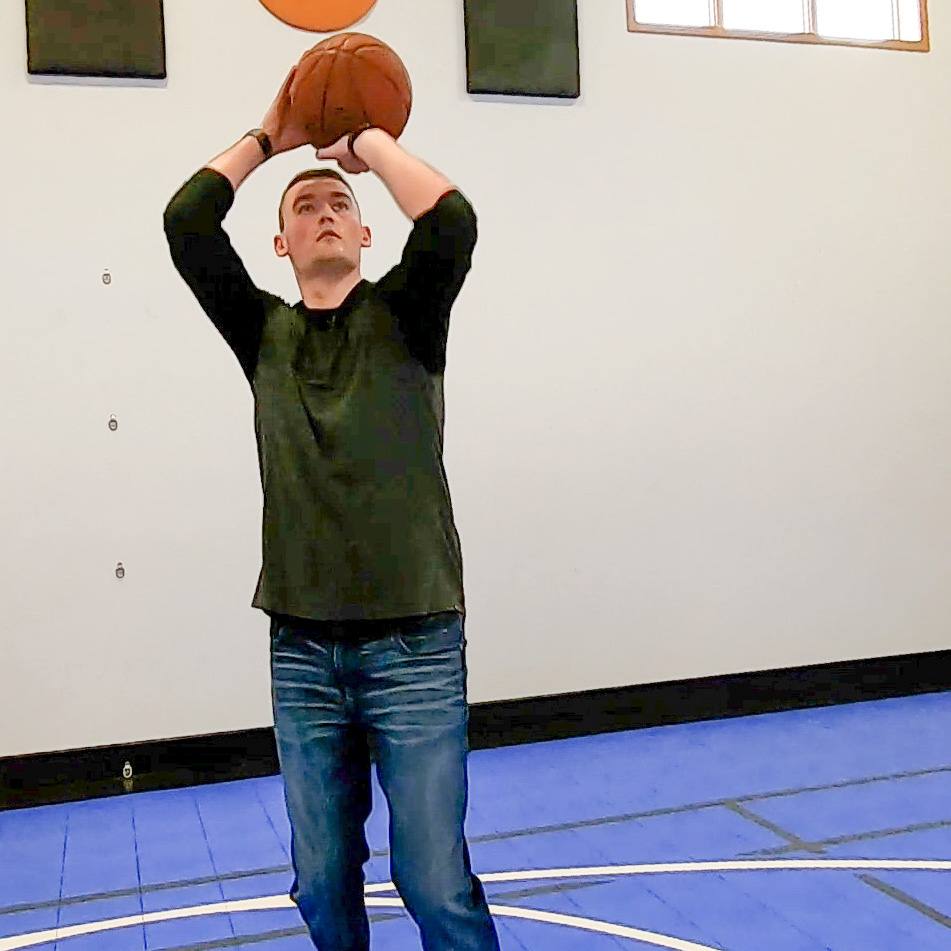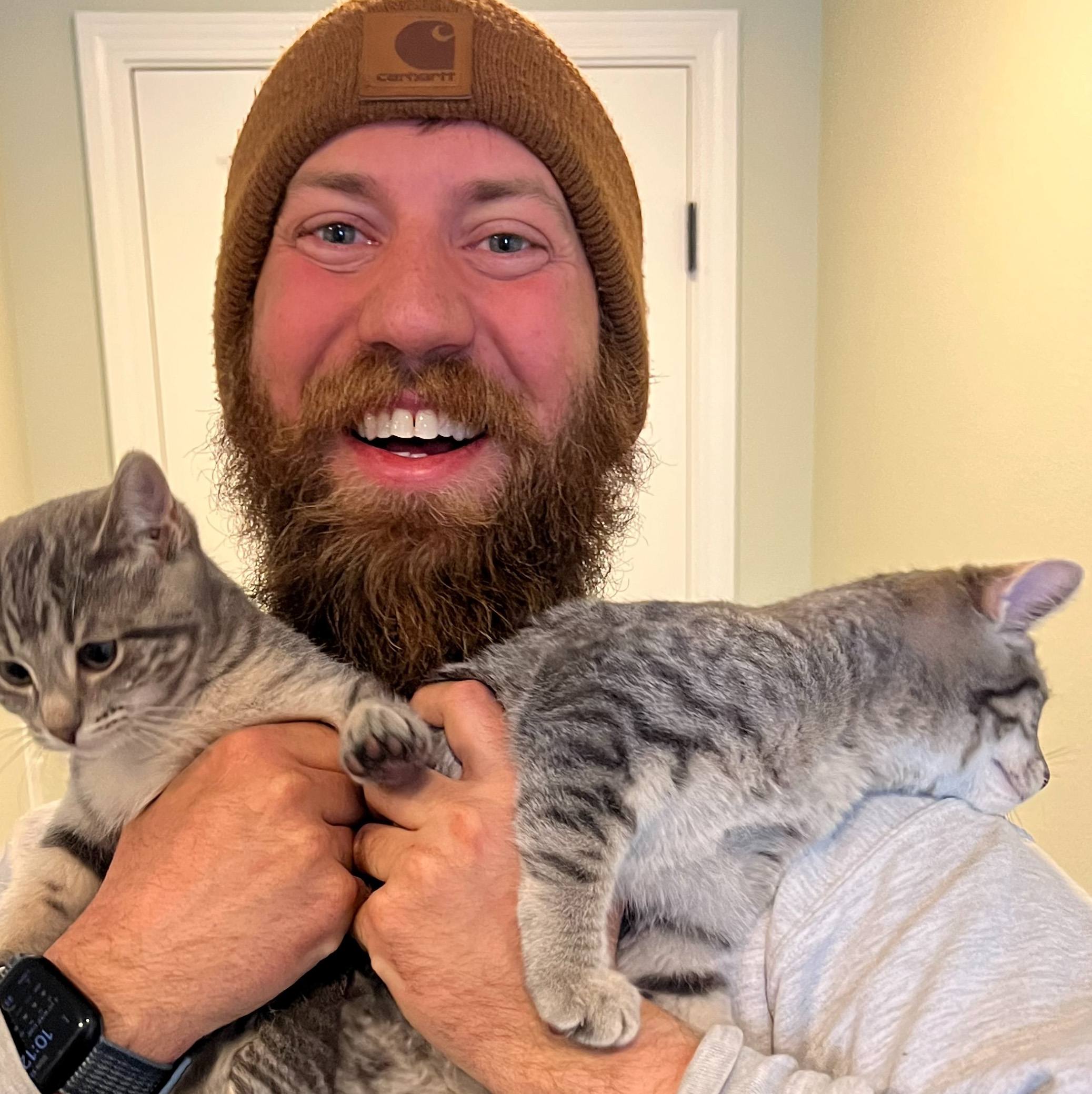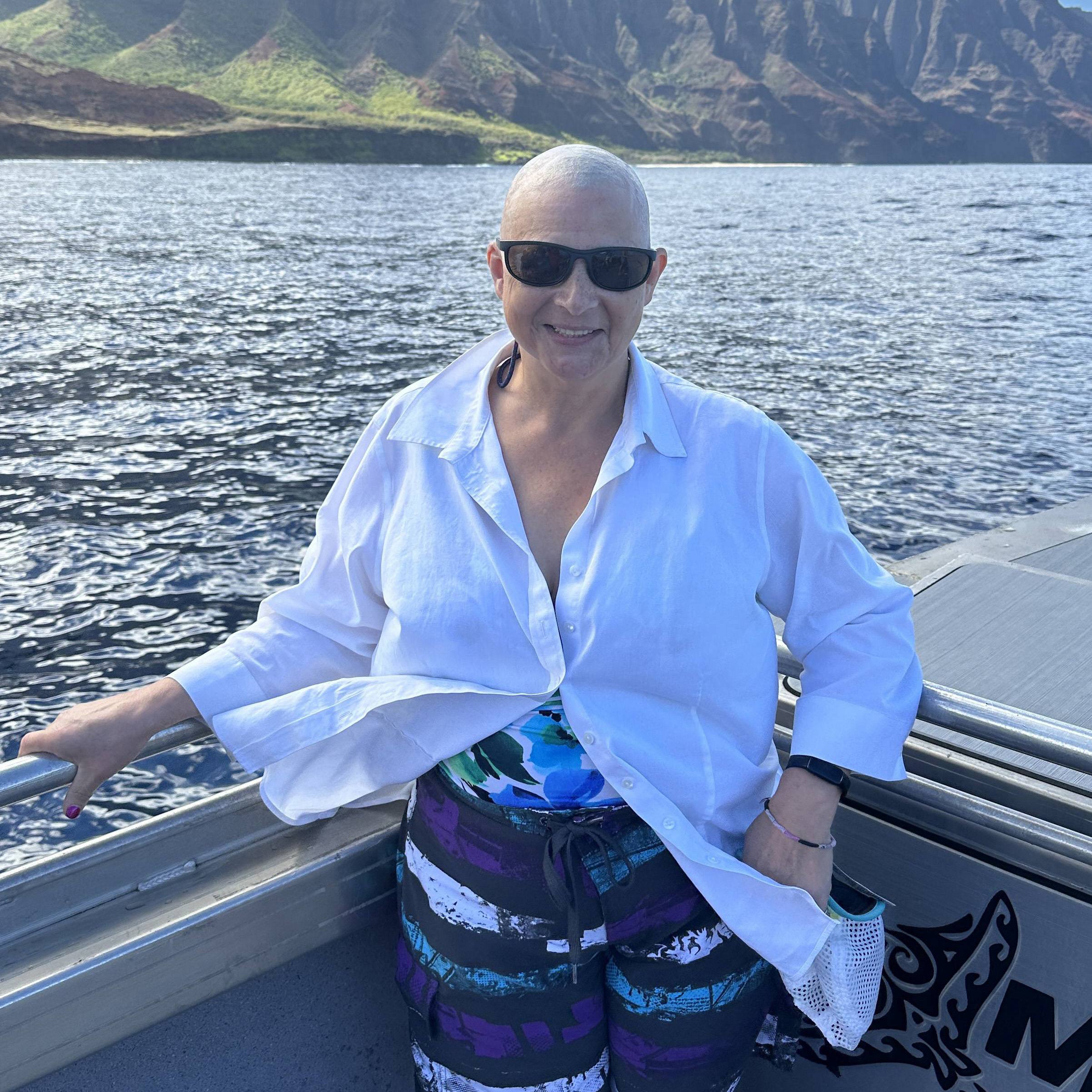 Mary Daugherty just wanted to sit still. For nearly four decades, the 73-year-old experienced tremors in her hands, arms and head. In 2014, she decided to do something about it.
Mary Daugherty just wanted to sit still. For nearly four decades, the 73-year-old experienced tremors in her hands, arms and head. In 2014, she decided to do something about it.
Mary’s journey began when she was in her mid-30s and started to notice a slight trembling in her upper extremities. “I thought I just got excited or nervous, scared or tired,” she says. “When others started remarking on my tremors, I decided to seek a medical explanation.”
Her search led her to a diagnosis of essential tremor, a neurological disorder that causes rhythmic shaking in the body. “When the doctor told me I had essential tremor,” she says, “I thought he’d said, ‘Essentially, you have a tremor.’ That was no news to me. It wasn’t until years later when I read about (essential tremor) in a magazine that I realized he had been giving me a diagnosis.”
After reading that article, Mary joined the International Essential Tremor Foundation to learn more about her condition. The foundation funds research to find the cause of essential tremor in search of treatments and a cure, and provides information, support and services for those affected by the disorder.
Through the foundation, Mary had the opportunity to attend several educational seminars. During one of those seminars she was introduced to the latest treatment options, one of which was deep brain stimulation. Deep brain stimulation involves surgically implanting electrodes in certain areas of the brain. The electrodes produce electrical pulses to regulate abnormal impulses.
“I was sure I would never have brain surgery for my tremor,” Mary says. “I couldn’t imagine someone invading my brain.”
However, as daily tasks like cooking, writing and playing her flute became more difficult, Mary began to consider the procedure. “My daughter encouraged me to have the procedure at a large hospital,” she says, “so I did a Google search and found that Mayo Clinic had one of the top neurology departments in the country. I had always been impressed with Mayo and called to see if I could get in.”
“It’s so much better. I’m so much more relaxed and don’t have to clamp down on myself like I used to.” - Mary Daugherty
She did. And in December 2013, Mary traveled from her home in East Lansing, Michigan, to Mayo Clinic’s Rochester, Minnesota, campus. There, she met with Kendall Lee, M.D., Ph.D., a specialist in deep brain stimulation procedures.
“Dr. Lee is just a sweetheart,” Mary says. “It was a much more thorough examination than I’d ever had, and he reassured me that the risks were low, the results high.”
Armed with Dr. Lee’s reassurance and the support of her husband, Mary decided to move forward with the treatment and returned to Mayo Clinic in May 2014.
Deep brain stimulation surgery can be performed as a single procedure, but it is commonly broken down into a two-step process. The first procedure involves brain surgery, in which a surgeon implants a thin wire lead with four electrodes at the tips into a specific area of the brain. Though general anesthesia may be used during this procedure, patients often remain awake and alert so that the surgeon can receive real-time feedback while placing the lead. “It’s not an easy procedure,” says Mary. “It’s definitely not for wimps.”
The second procedure is chest wall surgery. During this surgery, the patient is anesthetized while the surgeon implants a pulse generator under the skin in the chest, near the collarbone. The following day, the device is turned on, and the generator begins sending electrical pulses to the brain.
Since her surgery, Mary has seen a remarkable improvement in her tremors and usually doesn’t experience them at all. “It’s so much better,” she says. “I’m so much more relaxed and don’t have to clamp down on myself like I used to.”
Mary will continue to return to Mayo Clinic for annual checkups and to ensure that the pulse generator is working properly, but in the meantime, she’s enjoying the little things. “I play the flute, and that’s easier,” she says. “I fix meals, and that’s easier. Life is just easier.”
HELPFUL LINKS
- Learn more about essential tremor.
- Get details about deep brain stimulation
- Explore Mayo's Department of Neurosurgery.
- Request an appointment.
Related Articles







